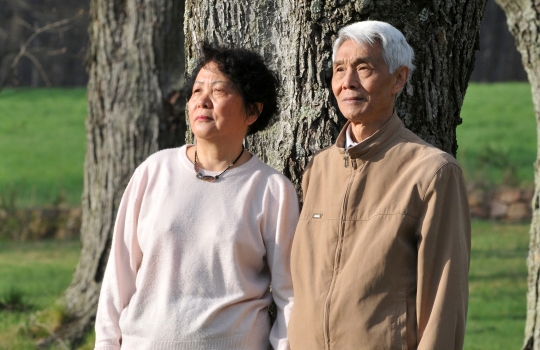China boasts the most spectacular sustained economic growth in world history. But there is a fly in the ointment. It also has the world’s largest elderly population. As a consequence of its one-child policy, its share of the population aged 60 and over will spike alarmingly from 12% in 2010 to 34% in 2050, creating a tremendous socioeconomic burden for both families and government. Studies by the China Health and Retirement Longitudinal Study (CHARLS) show that 23% of the elderly are poor, 38% are somewhat handicapped in daily activities, and 40% suffer from serious depressive symptoms. These figures underline the vulnerabilities that raise a red flag in terms of the economic, social, physical and psychological well-being of China’s elderly population and point to the priorities for future policy action. Studies using the CHARLS data assess the public and private responses to these vulnerabilities and point out priority areas for future policy action.









